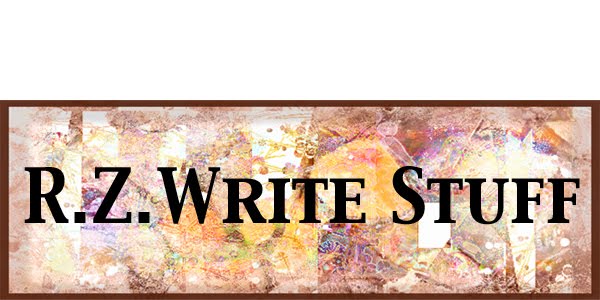 Unbeing Myself, study for mixed media Collage, by Ruth Zachary.
Unbeing Myself, study for mixed media Collage, by Ruth Zachary.The Pause That Refreshes
So much to do... so little time. And when all the facets of one's life get out of balance, it is time to re-prioritize the tasks that must be done first. And so I have let my blogs slide.
I am happy to report that during the month of January I have designed... (not completed,) around 50 ideas for a series of mixed media collages on which I am excited to begin work.
I am planning to work abstractly, with no objective subject matter. It is basically about developing composition without depending on realistic material. But to work in collage for a period of time, my studio needs to be reorganized so I can work efficiently.
However, in the meantime, the available storage space on my computer has gradually filled up, so it is necessary to back up a lot of information on CDs in a fashion that the content is still easily accessible.
Also on March I must begin yard work, pruning, clearing, and numerous other tasks. I love doing it, and it is a great way to exercise, but it is time and energy consuming.
The conclusion of this is that I will not have as much time to devote to blogging as I did over the past six months. At times I have posted some images or poems I did not feel were complete. I want to be able to post quality material on my blogs when I feel it is ready to be presented.
I thought about deleting a site or two, but I am not going to do that, right away. I really like the missions of each of these topics. So I plan to blog periodically and see what is a natural rhythm for sharing my quality creative work, while still keeping life in balance and continuing to be productive in each area of my interests.
If anyone reads this, I would appreciate any insights or encouragement from you related to this topic.
I am happy to report that during the month of January I have designed... (not completed,) around 50 ideas for a series of mixed media collages on which I am excited to begin work.
I am planning to work abstractly, with no objective subject matter. It is basically about developing composition without depending on realistic material. But to work in collage for a period of time, my studio needs to be reorganized so I can work efficiently.
However, in the meantime, the available storage space on my computer has gradually filled up, so it is necessary to back up a lot of information on CDs in a fashion that the content is still easily accessible.
Also on March I must begin yard work, pruning, clearing, and numerous other tasks. I love doing it, and it is a great way to exercise, but it is time and energy consuming.
The conclusion of this is that I will not have as much time to devote to blogging as I did over the past six months. At times I have posted some images or poems I did not feel were complete. I want to be able to post quality material on my blogs when I feel it is ready to be presented.
I thought about deleting a site or two, but I am not going to do that, right away. I really like the missions of each of these topics. So I plan to blog periodically and see what is a natural rhythm for sharing my quality creative work, while still keeping life in balance and continuing to be productive in each area of my interests.
If anyone reads this, I would appreciate any insights or encouragement from you related to this topic.





